#berio
Text
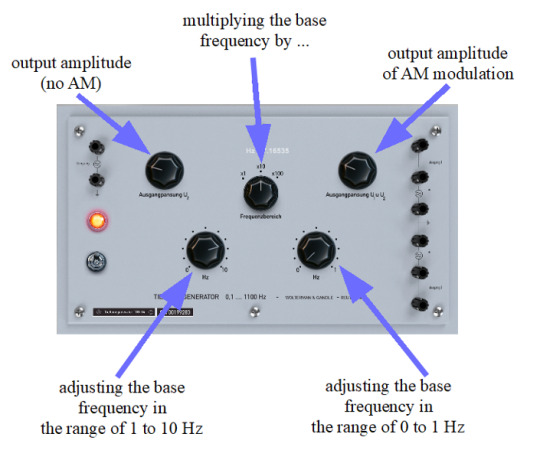
The cradles of electronic music part 10
(excerpt from my e-book “New Concepts for Music and Sound”: https://www.dev.rofilm-media.net/node/537)
One of the “backbone” devices in the studio of electronic music of the WDR broadcasting station in Cologne, Germany was the Tieftone Generator.
The perhaps most famous user of this generator is Karlheinz Stockhausen. In his piece “Kontakte” (https://www.youtube.com/watch?v=7XWNR_TcPFI) he used this Tieftone Generator for producing structure (it can be used as an LFO with cycle lenghts up to 10 seconds) as well as for modulations (it goes up to 1.1 kHz).
“Kontakte” is a piece for electronics, piano and percussion. In the performance two solists (a pianist and a percussionist) play live together with the pre-recorded electronic parts coming from a tape.
According to Stockhausen the name “Kontakte” means the contact between the human performance and the fixed electronic music from the tape, and builds a symbiosis between these seemingly contrary worlds.
It also means the contact of the audience with so far unknown sounds and completely new kinds of musical compositions (Stockhausen says).
In “Kontakte” the principles of “classic” serial music are translated into electronic music and expanded from mere tone/pitch related rules to the realm of timbre, sound and spectra.
A more detailed description and explanation of “Kontakte” is given here: http://stockhausenspace.blogspot.com/2015/11/kontakte-planning-design.html.
Please let me say a little “warning”: in the blogspot article, which is very interesting and helpful otherwise, they mention the compositional element of “moments”. Stockhausen has written and lectured about the structural element of a “moment” a lot (I have found only some of it on the Internet unfortunately, but I write a bit more about it in my e-books about generative music - https://www.dev.rofilm-media.net/node/331). The kind of definition of a structural “moment” given in the blogspot article is a bit too much “compacted” and destilled down, I think.
The Tieftone Generator is also one of the devices in the software Berna 3.
... to be continued
#electronicmusic#earlyelectronicmusic#stockhausen#eimert#Berio#berna3#musicproduction#em#electronicmusicproduction#timbre#sound#electronicmusic1950s#ongaku#bento#newmusic#progressivemusic#kontakte#musicalmoments
2 notes
·
View notes
Text
“This is our summer house where we’ll see each other every year.”
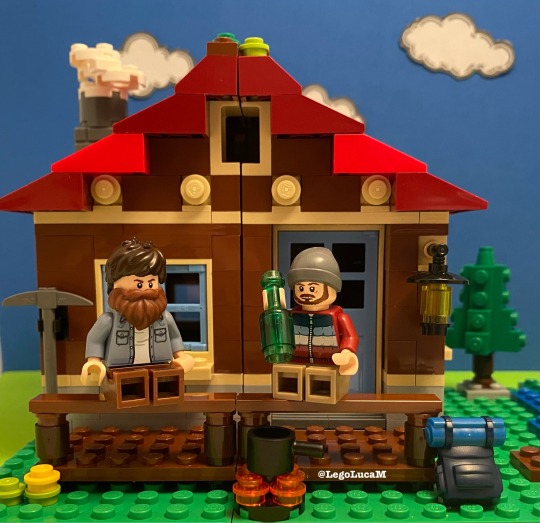
#luca marinelli#alessandro borghi#le otto montagne#the eight mountains#Pietro#berio#Bruno#lego#lego minifigures#legography
12 notes
·
View notes
Text
Luciano Berio: Sinfonia (Electric Phoenix, CBSO, Simon Rattle, 1987)
youtube
1 note
·
View note
Text
SWR Symphonieorchester 2022/23 - Pablo Heras-Casado
Foto ©SWR Symphonieorchester
Per l’ ultimo concerto della stagione 2022/23, sul podio della SWR Symphonieorchester è salito nuovamente Pablo Heras-Casado,
Continue reading Untitled
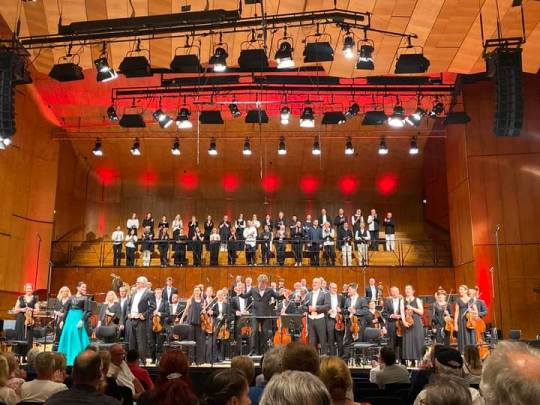
View On WordPress
#berio#critica#florian boesch#liederhalle#mendelssohn#musica contemporanea#novecento#pablo heras-casado#sinfonica#sophie harmsen#strawinsky#strumentale#stuttgart#swr symphonieorchester#swr vokalensemble#werner güra
0 notes
Text
Rosa en Colaless y Pantimedias sexy
Hot twink gut punch
Hot Ebony sex with stepdad
Paulo Shakespeare goza gostoso
Sexy slut with big tits teases
Wrestling With Mom Hentai
Lustful cute teen masturbate
Xuxu brasil
Banging the sultry milf then cumming on her falt chest
Hot blonde girl and her old lover fuck
#inquiry's#decrepitness#invert#sugarelly#asnort#infallibly#airfare#jigglier#trinket's#disrobers#Lambart#fruitier#tourelle#Kyburz#determinantal#pharology#pyloroscopy#Berio#dragger-out#destructors
0 notes
Text

Anthony Fineran (B 1981), Jo Berio K, 2023
0 notes
Text

The Cradles of Electronic Music – Part 4
“The frequency of silence is 16 Hz” or “How a mayfly taught me the sound of life”
Let´s do a thought experiment to tune ourselves in and experience a bit of the spirit of these early days of electronic music.
If a mayfly had something like a consciousness – I don´t know whether or not there is consciousness in the brains of these animals – one single second would seem a remarkably long time to it, because one second represents about 0.0012 percent of its whole life span, which equals about 8 hours in human life – a whole working day.
These thoughts were spooking in my brain while I was watching a mayfly crawling about on the window pane. But what is a second? How long is a second? How long is any time span? What is the meaning of a certain time span? And suddenly: Is there an equivalent of time in sound, in timbre? How does time sound? One second after the other, legions of seconds are ticking by. And then: WOW! It´s a repetition, time goes in cycles, in cycles of time. The length of time is time itself, one second lasts exactly one second, the length of the cycles of a second is a second, THE FREQUENCY OF TIME IS 1 Hertz! The pitch of time is 1 Hz.
I can not hear a pitch of 1 Hertz. It´s far too low. The lowest note in the western equal-tempered scale with A4 at 440 Hz is C0 at 16.35 Hz. therefore 1 Hz is 4 octaves below at a note which we would have to call “C-4” if it existed. Hm?! But not really. This ominous C-4 would have a frequency of 1.021875 Hz (16.35 divided by 2 divided by 2 divided by 2 divided by 2). Of course! Something THAT fundamental like time would hardly depend on such a thing like our equal-tempered scale. So let´s walk the other direction: from 1 Hz 4 octaves up into the regioon of audibility to exactly 16 Hz (some cents below C0). The sonic representation of time is 16 Hz.
But what is time if nothing is going on? What is the musical equivalent to “nothing is going on”? Well, it´s silence. WOW! Silence has a frequency, a pitch: 16 Hz!
But a perception of “nothing is going on” is wrong. There is at least one thing, one event going on – always going on: the elapsing of time. Or in my musical equation: there is no silence, there is always at least this note, this tone, this pitch of 16 Hz.
The mayfly on the window pane took a rest here – just as if it had sensed that I had come to a first conclusion. I turned to my coffee and took a sip before my attention returned to the insect again. The mayfly spread its wings for a moment and then it began to crawl again.
There are time spans which are more than just larger chunks of time. Time spans that we sense as more meaningful than just a larger amount of seconds. The smallest of those remarkable time spans is a day. We see daytime and nighttime, we get tired, we sleep, we wake up, we go to work, there are a lot of regular activities depending on the time span of a day. One day lasts 86,400 seconds, the frequency of a day is 0.0000115 Hz. Transposing this frequency up into an audible rate we get 24.12 Hz (F0 is at 21.83 Hz – just by the way).
But perhaps I should take another value as a reference, another than this 1 Hz. Perhaps I should try to find a reference which influences our lives more directly. What about taking the time the earth needs to complete a full rotation as reference: 23 hours, 56 minutes and 4 seconds, which ads to 86,164 seconds, which brings us to 24.33 Hz in audible rate (even nearer to F0 – just by the way).
Let me use this system to calculate the audible pitches of a week, a month and a year. A week first: 24.33/7 (the cycle length is seven times longer than that of a day) = 3.48 Hz. 3.48 times 2 times 2 times 2 equals 27.84 Hz (nearly A0, which has 27.50 Hz).
For a month we come to 20.13 Hz (near by E0), when we take the sidereal month of the phases of the moon, and a year gets us to 17.01 Hz (sidereal year).
16 Hz, 17.01 Hz, 20.13 Hz, 24.33 Hz, 27.84 Hz seem to be kind of basic values. But what about the mayfly? Is it taking a break again? No, the animal is still striving to get through the glass of my window. It seems that I have to think even deeper. Do these frequencies represent a melody somehow? No, that´s nonsense. A melody means one pitch followed by another one. Seconds, days, weeks, years they are all at the same time. There´s always a certain week, as well as a certain day and a certain year. These frequencies are more like the partials in the spectrum of a sound, of a timbre – the sound of life. So, is the pitch of silence, are these 16 Hz the fundamental of the spectrum then? No, something is missing …. of course: the beating of my heart! That´s the fundamental of the sound of life! A look in one of my numerous books teaches me: my heart beats between 70 times and 100 times per minute, what brings me to a frequency range of 1.17 Hz up to 1.67 Hz, which leads me to 18.72 Hz to 26.72 Hz after transposing my heart´s beats into audible regions. And as the fundamental of a sound is the lowest frequency (most of the times) in the spectrum of partials I have to transpose the other frequencies by 1 more octave:
heartbeat 18.72 to 26.72 Hz
silence 32 Hz
year 34.02 Hz
month 40.26 Hz
day 48.66 Hz
week 55.68 Hz
To make the spectrum complete I simply have to repeat these frequencies (but for the fundamental) in each octave: 64 Hz, 68.04 Hz, 80.52 Hz, 97.32 Hz, 111.36 Hz etc.
The mayfly seems to look back at me. Have I made a mistake? Yes, of course! The pitch of silence, the pitch of time itself, these 16 Hz they don´t change. These 16 Hz mustn´t be transposed at all, it´s the underlying pitch of everything.
Therefore I come to a constant low volume low pitched tone of 16 Hz above which my heart plays notes of 18.72 to 26.72 Hz the timbre of which is built by 24.02 Hz – 40.26 Hz – 48.66 Hz – 55.68 Hz – 68.04 Hz – 80.52 Hz – 97.32 Hz – 111.36 Hz etc. based on a heartbeat fundamental of 18.72 Hz. At faster heartbeats (up to 26.72 Hz) these partials have to be transposed equivalently.
And the different amplitudes, the changing amplitudes of these partials? Well, the amplitudes and theirs changes would represent the intensity or meaning of a day, a week or a year in my life. Or do I have to include more goings on of my life into this system? Goings on of more or less dramatic impacts (= amplitudes)?
Well, I think I have enough material to experiment with now – thank you, dear mayfly! So let me go and make some sound using Berna 3.
The next part in this series – it´s already going to be part 5 – describes and shows how I went on from here (there will be a video about it as well).
A thought hits my mind like a short but bright flash: Isn´t a spectrum the same as (layered) chords, at lest when working only with sine waves? But this is going to be another topic a bit later ion this series.
(more about it on https://dev.rofilm-media.net)
... to be continued
Enjoy your day!
Rolf
#electronicmusic#earlyelectronicmusic#stockhausen#eimert#Berio#berna3#musicproduction#em#electronicmusicproduction#fundamental#fundamentalfrequency#partials#spectrum#timbre#sound#silence#1950s#electronicmusic1950s
1 note
·
View note
Text
Bijna iedere dag muziek: Weill en Eisler
Bijna iedere dag muziek: Weill en Eisler
https://youtu.be/aSLTvKC-P3Y
Op zondagavonden lag ik met mijn oor tegen de raio omdat ik geen noot wilde missen van De charme van het chanson, een uitzending van de betreurde Johan Anthierens. Anthierens heeft me vertouwd gemaakt met Barbara en Brel en Brassens. Dat lag in het verlengde van het Frans op school en op straat. Maar Anthierens gaf me ook de stem van Lotte Lenya, dus Weill, dus…

View On WordPress
#20-ste eeuws#Alban#Barbara#Bartók#berg#Berio#Brassens#Brel#chanson#Dessau#Duitsland#Hans Eisler#Johan Anthierens#klassiek#Kurt Weill#Ligeti#Lotte Lenya#Webern#WO1
0 notes
Text

María Berrío (Colombian, 19892), I am not from Here, I am not from There, 2016. Watercolor, acrylic, gold leaf, glitter and Japanese rice paper collage on canvas, 48 x 60 1/4 in.
277 notes
·
View notes
Photo

All the Beauty and the Bloodshed, Laura Poitras (2022)
#Laura Poitras#Nan Goldin#David Velasco#Megan Kapler#Marina Berio#Noemi Bonazzi#Patrick Radden Keefe#Harry Cullen#Robert Suarez#Soundwalk Collective#Joe Bini#Amy Foote#Brian A. Kates#2022#woman director
39 notes
·
View notes
Text

Offer of the Month:
#ongaku#bento#berna3#music#musicproduction#musicproducer#sound#sounddesign#sounddesigner#stockhausen#berio#eimert#electronic#electronicmusic#newmusic#electronicproducer#electronicmusicproducer#musicalconcepts#composer#musiccomposer#musicandliterature#literatureandmusic#musicvideo#musicphilosophy#art#artconcepts
3 notes
·
View notes
Text
“Bruno!”
“Berio!”

#le otto montagne#luca marinelli#alessandro borghi#Pietro#Berio#Bruno#lego#lego minifigures#legography#Berio e Bruno
9 notes
·
View notes
Text

Ligustro (Giovanni Berio) Geisha alla finestra di Oneglia di notte
29 notes
·
View notes
Text
summary: Pietro, Lara, the mountains, an alpine pasture to run, an attempt at living: chapter ten of The Eight Mountains as seen from Bruno's POV.
pairing: Pietro "Berio"/Bruno, Bruno/Lara
words: <2000
warning: IDK--excessive oblivious pining?
author's note: I know that no one asked for a The Eight Mountains fanfiction from Bruno's POV. Yet, here it is, as an English translation of my fic in Italian. (Please help me stop.) At least it's short.
#le otto montagne#the eight mountains#l8m#pietro berio guasti/bruno guglielmina#pietro guasti/bruno guglielmina#pietro/bruno#pietro guasti#bruno guglielmina#lara (l8m)#fanfiction#fanfic writing#fanfic#ao3fic#i wrote something#god help me
2 notes
·
View notes
Text



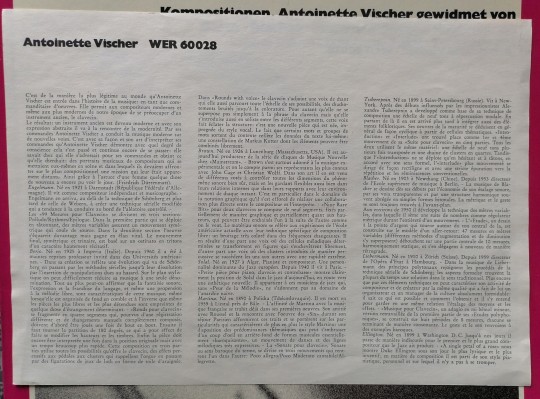
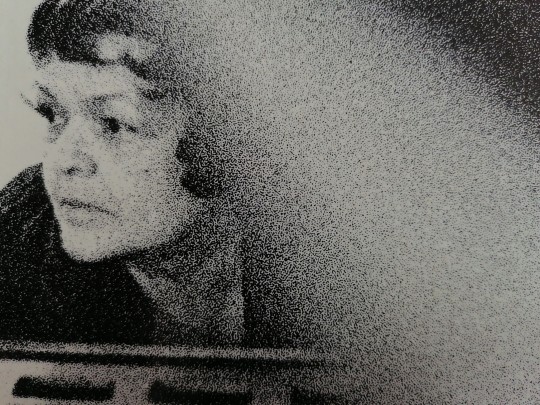


Antoinette VISCHER
"Das moderne Cembalo"
(LP. Wergo. 1967?) [DE]
#antoinette vischer#1967#germany#contemporary#harpsichord#hans ulrich engelman#luciano berio#earle brown#jazz#martial solal#guy peterson#bohuslav martinu#alexander tscherepnin#boris blacher#rolf liebermann#duke ellington#records
3 notes
·
View notes
Text
youtube
#BORDEAUX Hostel 20 Rue Berio Bordeaux and Chris Summerfield Photography. Thanks to the Management at #20_Rue_Berio_Bordeaux_France for a great tay there in 2016. Join us on #LOVE_SummerTime_TV_Magazine_World Wide https://www.youtube.com/watch?v=njLiZ_CqbvA&t=46s
2 notes
·
View notes